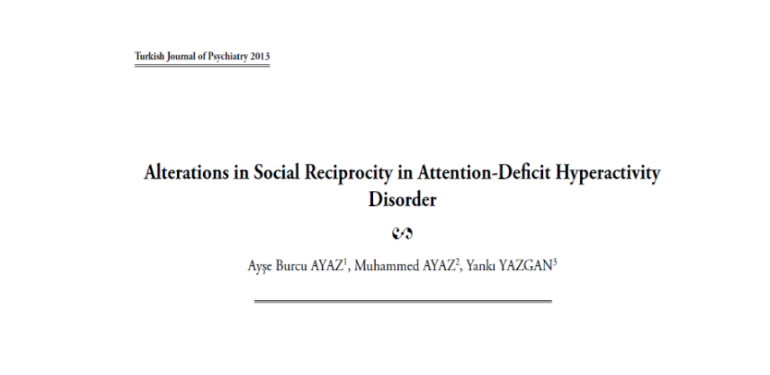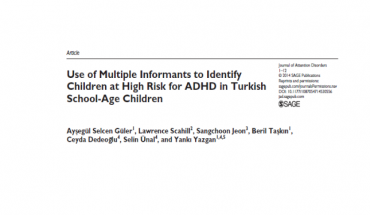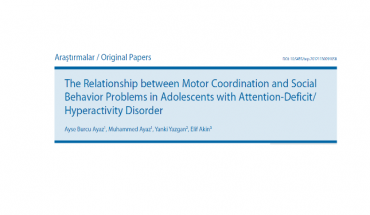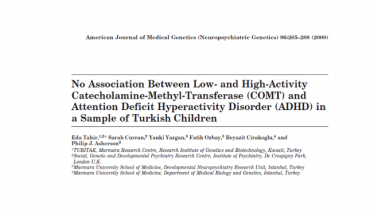SUMMARY
Objective: Social interactions in children with attention deficit-hyperactivity disorder (ADHD) are inappropriate and such social problems may originate from a failure to attend to the appropriate cues of affect. The present study aimed to determine the factors predictive of social reciprocity in ADHD and their relationship to sociodemographics.
Materials and Methods: Participants were required to interpret emotional cues depicted in pictures of facial expressions with a test that was adopted from the Reading Mind in the Eyes Test (RMET). Diagnoses were established based on the Kiddie Schedule for Affective Disorders and Schizophrenia (K-SADS-PL). Moreover, a detailed sociodemographic form, the Child Behavior Checklist (CBCL), and the Social Reciprocity Scale (SRS) were used for assessment.
Results: This study included 133 children; 64 in the ADHD group and 69 in the control group. There wasn’t a significant difference in mean age between the ADHD group (13.22 ± 1.28 years) and control group (12.97 ± 1.27 years). In all, 50% of the ADHD group and 49.3% of the control group were male. The mean RMET score was significantly lower in the ADHD group than in the control group (ADHD group: 20.52 ± 3.95; control group: 23.70 ± 3.55) and the mean SRS score was significantly higher in the ADHD group than in the control group (ADHD group: 65.84 ± 18.83; control group: 36.04 ± 16.32). In the ADHD group attention problems and lower level of ability to interpret emotional facial expressions were predictive of impaired social reciprocity.
Conclusion: The findings show that both the ability to decode facial expressions and social reciprocity were impaired in the ADHD group. These findings highlight the difficulty children with ADHD have with social functioning and interpretation of emotions based on facial expressions.
Keywords: Attention deficit-hyperactivity disorder, child, social problems, comorbidity




